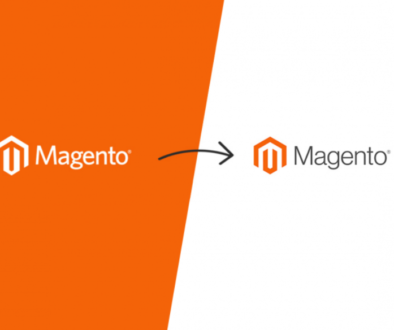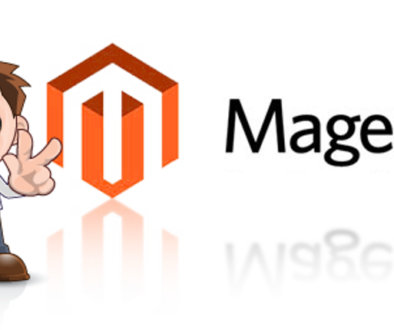ERP Implementation – Best Practices for Enterprise Resource Planning
ERP Implementation
Enterprise Resource Planning—or ERP—is a business management software that a company can use to collect, store, manage and interpret data from many business activities, including shopping and payment, inventory management, and marketing and sales.
The role of Enterprise Resource Planning (ERP) Implementation in managing business processes has expanded significantly over the past decade from a focus on specific business areas such as manufacturing, procurement, or human resources, to broader use throughout the company. Although IT has traditionally been responsible for specifying and implementing technology within an organization, successful ERP implementations require involvement
from stakeholders at all levels, from executives to end users. For many companies, the transition from existing traditional systems to a new ERP one can consume significant corporate resources, including time, expense, and risk to business operations. However, as we’ll explore below, this need not be the case.
But which EPR Implementation is right for your business? When choosing an approach, be sure to consider the cost of taking on a huge project. You have the option of purchasing on-premise ERP software and installing it on your own company’s computers and servers.
Given the range of functions that enterprise resource planning encompasses, it should come as no surprise that there are multiple types of ERP implementations. You can choose to build your own custom ERP and program it from the bottom up, though the cost and complexity of taking on such a huge project can make a do-it-yourself approach a poor one.
A great alternative is a cloud-based ERP solution like NetSuite. The system is cloud-based and managed entirely off site by the ERP provider. This allows for customizations to automatically update with each system upgrade.
Keeping these best practices in mind will help you launch your deployment on the right track. Make sure you research the best ERP Implementation option for your business, and set realistic expectations while giving your staff the support they need. These steps will lead to a more effective ERP experience and a better-run business for the long-term.



